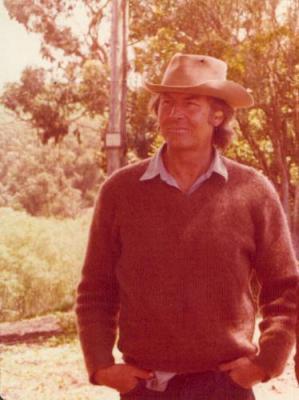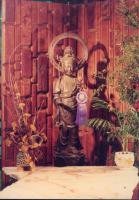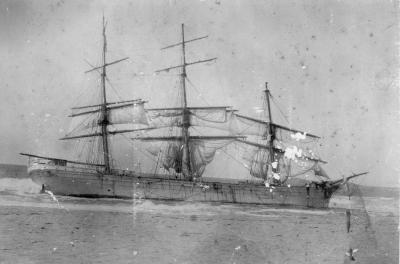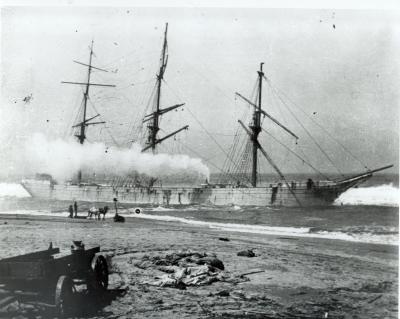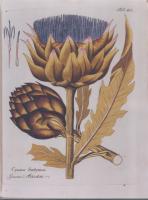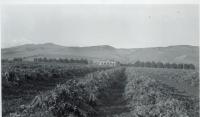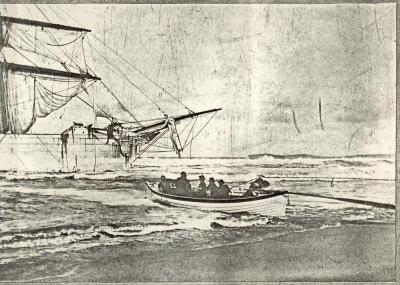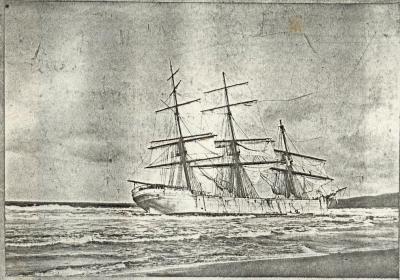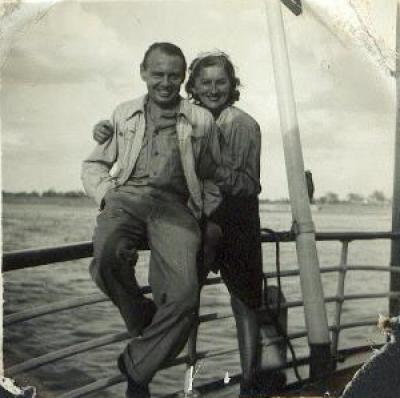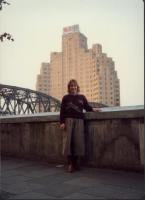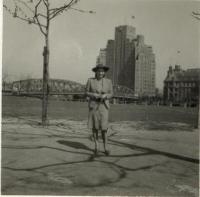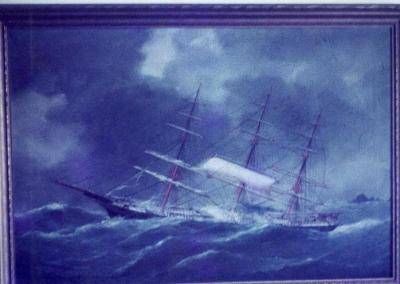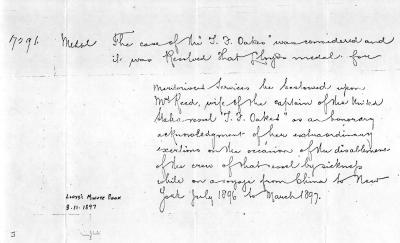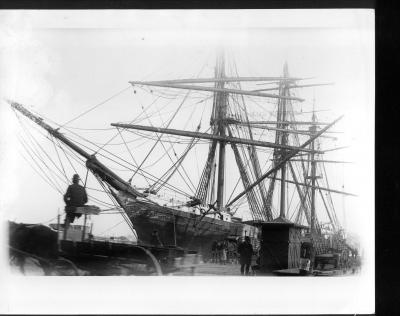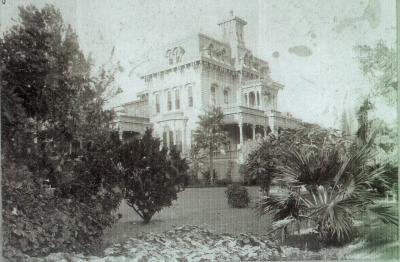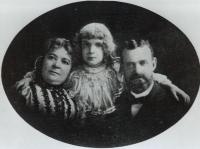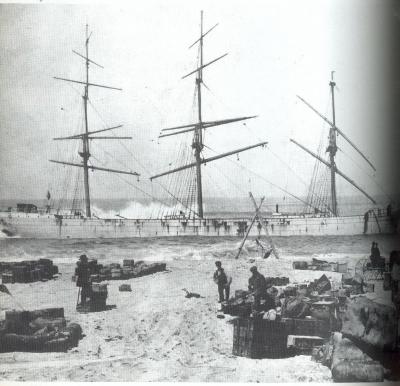Soprano, that is.
Star of the HBO hit, The Sopranos.
For almost two weeks now, Tony has been lying in a hospital bed hooked up to a gaggle of life-saving equipment. With a huge ugly hole in his stomach from the bullet wound inflicted by his senile Uncle Junior.
Tony’s in an induced coma. Last week all I saw from my side of the hi def screen was his big chest rising and falling as some medical machine helps him to breathe. Emotionally drained wife Carmella, and son, Anthony, and daughter, Med, visit; together or separately they sleep in the room with “Tone”– they talk to the unconscious body in the hospital bed and they play his favorite rock ‘n roll tunes.
But Tony’s dreaming. He’s dreaming a weird story about some guy who’s accidentally taken his identiy– when, through a mix-up at a bar, far from home, this guy picked up Tony’s briefcase (identical to his own), the briefcase filled with Tony’s credit cards, driver’s license, etc. How’s he going to get on the plane without showing his driver’s license, he asks Carmella during a frustrating phone call. That’s what he’s dreaming about…
From the beginning, from the very first show, I became a Sopranos fan. And the family became very real to me.
A couple of Soprano seasons ago, Tony was cheating on Carmella with a beautiful, young Russian lover, and his wife found out and her price for peace was a summer vacation in Rome. With her girlfriends. Where was she going to stay? She told us tv viewers that she was going to stay at the elegant Hassler Hotel.
The Hassler is not a made-up hotel for tv–it’s a real hotel, set high on a hill.
A few months later we (Burt & I) were traveling to Europe, to Italy, and where did I want to stay? The Hassler Hotel–that’s where Carmella stayed, I remembered.
And when we arrived at the Hassler and were enjoying a drink in the intimate patio, I summoned the courage to ask our waiter: “Did Carmella Soprano stay here?”
He looked at me cockeyed. I couldn’t believe it. “You know,” I said gently, but with a bit of a push, “The Sopranos, the HBO show…Tony’s wife, Carmella, said she staying here for the summer.”
He had no idea what I was talking about. Not even the great HBO rang a bell.
Later an American friend who lives in Europe emailed me asking about the Sopranos. At that time it wasn’t on tv over there, he said, and he knew it was a hot cable series. When he was in New York he’d seen a few of the early episodes. He was anxious to talk about the characters and the plots. Could I tell him what the current episodes were about?
Which brings me back to Tony lying in a coma in that hospital bed. I hope he’s okay, I hope he’s doing fine. I hope he’s going to live.
Update: Did I hear right? In the last or next-to-the-last episode of the Soprano’s 2006 season, did I hear Carmella say to Tony that she never got to Rome? Never got to Rome that summer several episodes earlier? No wonder nobody knew who Carmella Soprano was when I was staying at the Hassler Hotel. Mystery solved.


